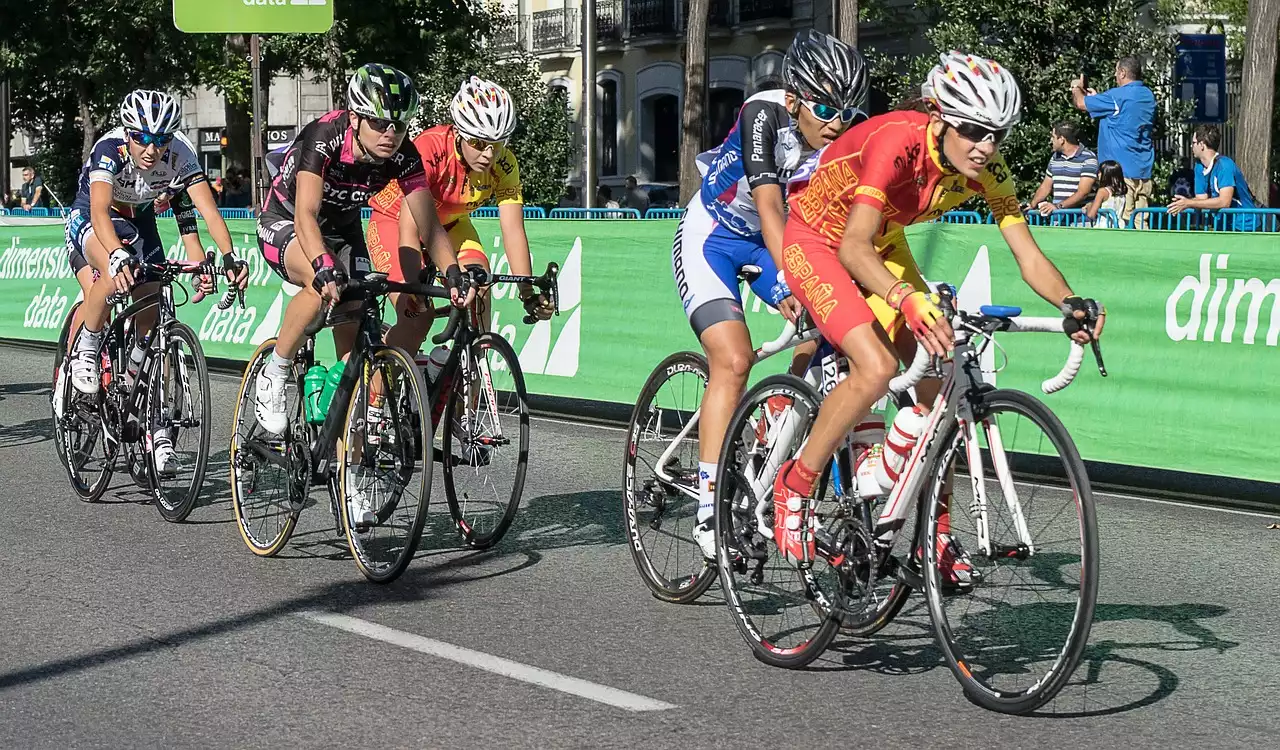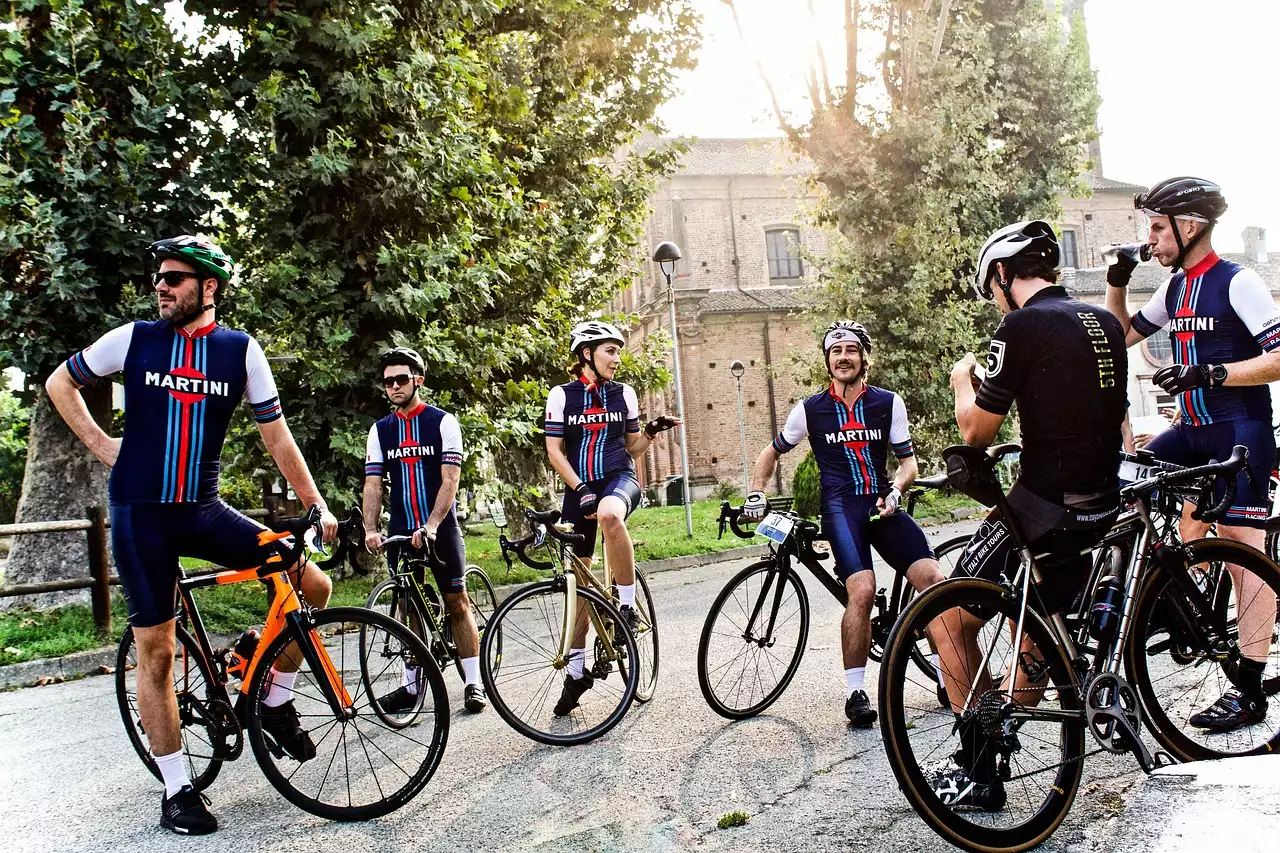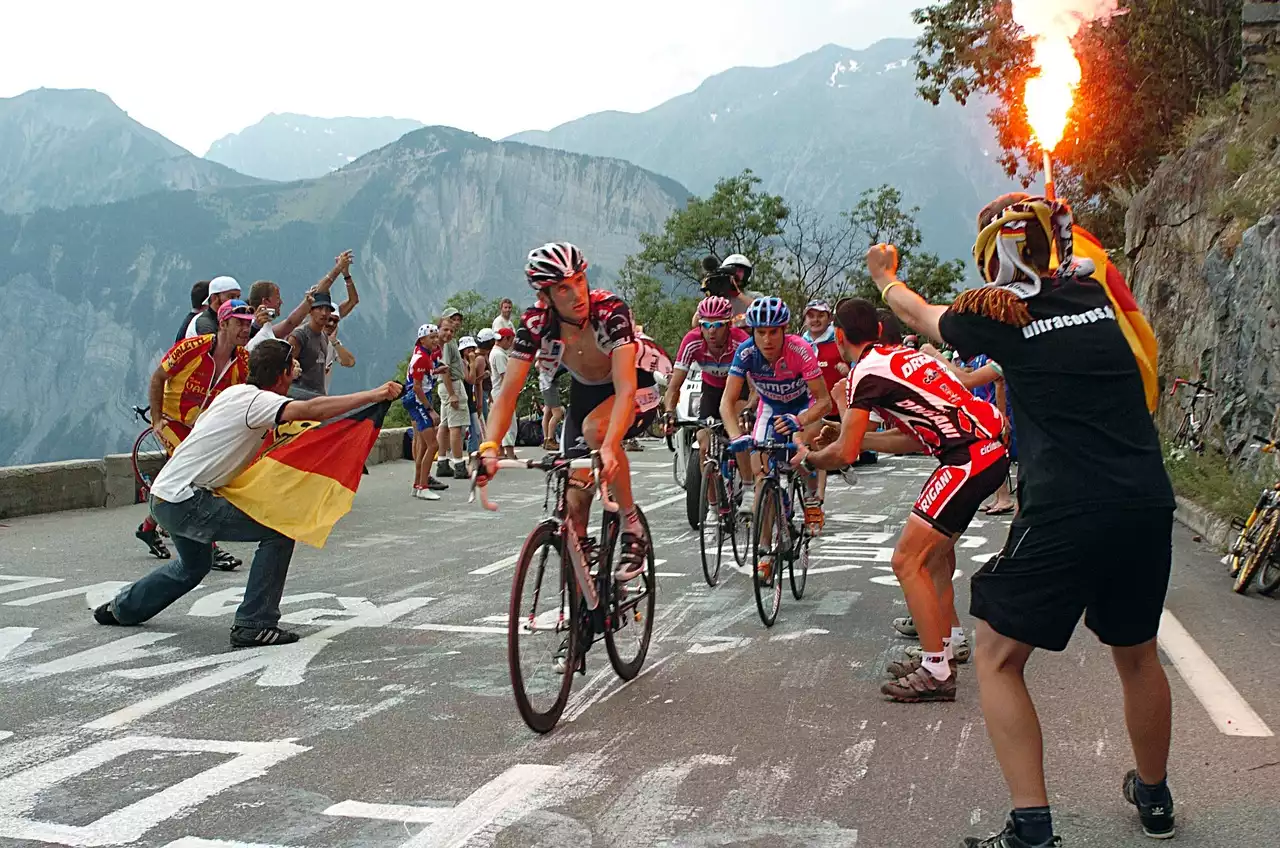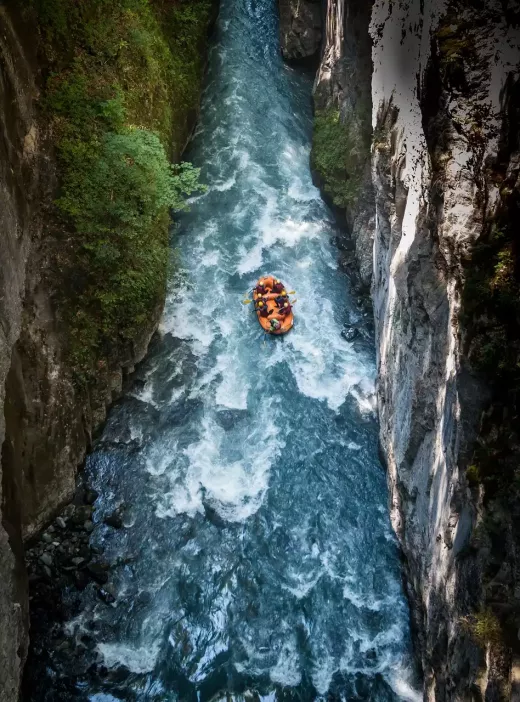Popular competitive road cycling races worldwide
Cycling is one of the most popular sports in the world, and there are many competitive road cycling races that attract cyclists from all over the globe. Some of the most popular races include the Tour de France, Giro d'Italia, Vuelta a España, Paris-Roubaix, and the UCI Road World Championships. These races are known for their challenging terrain, steep climbs, and thrilling descents, and they attract some of the most talented cyclists in the world.
The Tour de France is perhaps the most famous of all the competitive road cycling races. It takes place over three weeks in July and covers more than 3,500 kilometers. The race is divided into 21 stages, and cyclists must navigate a variety of challenging terrain, including steep climbs and treacherous descents. The winner of the Tour de France is awarded the coveted yellow jersey, and it is considered one of the most prestigious titles in cycling.
Another popular race is the Giro d'Italia, which takes place over three weeks in May and covers more than 3,000 kilometers. The race is divided into 21 stages and includes some of the most challenging climbs in Europe, including the Passo dello Stelvio and Monte Zoncolan. The winner of the Giro d'Italia is awarded the maglia rosa, or pink jersey, and it is considered one of the most challenging races in the world.
The Vuelta a España is another popular race, which takes place over three weeks in August and covers more than 3,000 kilometers. The race is divided into 21 stages and includes some of the most challenging climbs in Spain, including the Alto de l'Angliru and the Lagos de Covadonga. The winner of the Vuelta a España is awarded the red jersey, and it is considered one of the most grueling races in the world.
The history of competitive road cycling races
Competitive road cycling races have a long and storied history, dating back to the late 19th century. The first recorded road race took place in France in 1869, and it was won by an Englishman named James Moore. Since then, road cycling races have become increasingly popular, and they are now considered one of the most prestigious sports in the world.
One of the oldest and most prestigious races is Liège–Bastogne–Liège, which was first held in 1892. The race takes place in Belgium and covers more than 250 kilometers. It is known for its challenging climbs and steep descents, and it is considered one of the toughest one-day races in the world.
Another historic race is Paris-Roubaix, which was first held in 1896. The race takes place in France and covers more than 250 kilometers. It is known for its cobbled sections, which can be treacherous, especially in wet conditions. The winner of Paris-Roubaix is awarded the cobblestone trophy, and it is considered one of the most prestigious titles in cycling.
The Tour de France, which was first held in 1903, is another historic race. The race was created by a French newspaper, L'Auto, as a way to increase circulation. The first race was won by Maurice Garin, who completed the course in just over 94 hours. Since then, the Tour de France has become a cultural phenomenon, attracting millions of spectators from around the world.
The different types of competitive road cycling races
There are many different types of competitive road cycling races, each with its own unique challenges and requirements. Some of the most common types of races include one-day races, stage races, and time trials.
One-day races, as the name suggests, take place over a single day. These races are often referred to as "classics," and they include races like Milan-San Remo, Liège-Bastogne-Liège, and Paris-Roubaix. One-day races are known for their unpredictable nature, and they often feature multiple climbs and steep descents.
Stage races, on the other hand, take place over multiple days and are divided into stages. The Tour de France, Giro d'Italia, and Vuelta a España are all stage races. These races are known for their grueling climbs and long distances, and they often require cyclists to race for several hours each day.
Time trials are another type of race, which require cyclists to complete a set distance in the fastest time possible. Time trials are often included in stage races, and they are also held as standalone events. These races require a different set of skills than traditional road races, as cyclists must pace themselves and maintain a consistent speed throughout the race.
Training for competitive road cycling races
Training for competitive road cycling races is a demanding process, and it requires a combination of physical and mental preparation. Cyclists must develop their endurance, strength, and speed, as well as their ability to handle the demands of racing.
Endurance training is essential for competitive road cycling, as races can last for several hours. Cyclists must be able to maintain a high level of intensity for an extended period of time, which requires a combination of aerobic and anaerobic training. Long rides, hill repeats, and interval training are all effective ways to develop endurance.
Strength training is also important, as cycling requires a high level of muscle strength and power. Cyclists must be able to generate a high level of force with each pedal stroke, which requires strong leg muscles. Weight training, hill repeats, and sprint training can all help develop strength and power.
Finally, mental preparation is essential for competitive road cycling. Cyclists must be able to stay focused and motivated throughout the race, even when faced with challenging terrain and intense competition. Visualization, goal setting, and positive self-talk are all effective ways to develop mental toughness and prepare for competition.
Preparing for a competitive road cycling race
Preparing for a competitive road cycling race requires careful planning and preparation. Cyclists must ensure that they have the right equipment, nutrition, and support in order to perform at their best.
Equipment is one of the most important considerations when preparing for a race. Cyclists must have a high-quality bike that is properly adjusted and fitted to their body. They must also have the right clothing, including cycling shorts, jerseys, and shoes. Helmets, sunglasses, and gloves are also essential for safety and comfort.
Nutrition is another important consideration. Cyclists must consume a balanced diet that is high in carbohydrates and protein. They must also stay hydrated throughout the race, which requires drinking water and electrolyte replacement drinks.
Finally, support is essential for competitive road cycling. Cyclists must have a support team that includes a coach, mechanic, and medical staff. They must also have a support vehicle that can carry equipment, food, and water during the race.
Equipment and gear for competitive road cycling races
High-quality equipment and gear are essential for competitive road cycling races. Cyclists must have a bike that is lightweight, aerodynamic, and well-maintained. They must also have the right clothing and accessories, including helmets, shoes, and gloves.
Bikes for competitive road cycling races are designed to be fast, efficient, and responsive. They are typically made from lightweight materials, such as carbon fiber, and are designed to be aerodynamic. Components, such as wheels, handlebars, and seats, are also designed to be lightweight and efficient.
Clothing for competitive road cycling races is designed to be lightweight, breathable, and aerodynamic. Cycling shorts are designed with padded inserts to provide comfort during long rides, while jerseys are designed to wick away sweat and keep cyclists cool. Shoes are also important, as they must provide a secure fit and be compatible with the cyclist's pedals.
Helmets are essential for safety, and they must be properly fitted to the cyclist's head. Gloves are also important, as they provide a secure grip on the handlebars and protect the hands from blisters and abrasions.
The most challenging competitive road cycling races
Competitive road cycling races are known for their challenging terrain and demanding courses. Some of the most challenging races include the Tour de France, Giro d'Italia, and Vuelta a España.
The Tour de France is perhaps the most challenging of all the road cycling races. It covers more than 3,500 kilometers and includes multiple climbs and steep descents. The race requires a high level of endurance, strength, and mental toughness, and it is considered one of the most prestigious titles in cycling.
The Giro d'Italia is also a challenging race, which includes some of the most difficult climbs in Europe. The race covers more than 3,000 kilometers and includes multiple stages that require a high level of endurance and strength.
Finally, the Vuelta a España is another challenging race, which includes some of the steepest climbs in Spain. The race covers more than 3,000 kilometers and requires cyclists to race for several hours each day.
The most scenic competitive road cycling races
Competitive road cycling races not only provide a challenge to cyclists but also offer some of the most scenic routes in the world. Some of the most scenic races include the Tour de France, Giro d'Italia, and Amgen Tour of California.
The Tour de France is known for its stunning vistas of the French countryside, including the iconic Mont Ventoux and the Pyrenees Mountains. The race also passes through historic cities, such as Paris and Bordeaux, offering a glimpse into French culture and history.
The Giro d'Italia is also known for its scenic routes, which include the stunning Dolomites and the Italian Alps. The race passes through picturesque towns and villages, offering a glimpse into Italian culture and history.
Finally, the Amgen Tour of California is another scenic race, which takes cyclists through some of California's most beautiful landscapes, including the coast and the Sierra Nevada Mountains.
The future of competitive road cycling races
The future of competitive road cycling races looks bright, as the sport continues to grow in popularity around the world. New races are being created, and existing races are being revamped to provide a better experience for both cyclists and spectators.
One of the biggest changes in recent years is the increased focus on women's cycling. More races are being created specifically for women, and existing races are being expanded to include women's competitions. This is a positive development for the sport, as it provides more opportunities for female cyclists to compete at the highest level.
Another change is the increased use of technology in cycling. Smart bikes, power meters, and other devices are being used to track and analyze performance, providing cyclists with valuable data that can be used to improve their training and performance.
Overall, the future of competitive road cycling races looks bright, as the sport continues to attract new fans and participants around the world. Whether you're a seasoned pro or just starting out, there has never been a better time to get involved in competitive road cycling.









